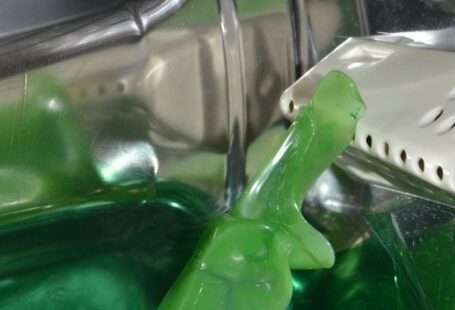Swimmers looking to optimize their performance often incorporate tapering strategies into their training regimen. Tapering is a crucial phase in a swimmer’s preparation for a competition, as it allows the body to recover and peak performance. Effective tapering strategies can make a significant difference in a swimmer’s results, helping them achieve their best performance when it matters most.
Understanding Tapering in Swimming
Tapering is the process of reducing training volume and intensity in the weeks leading up to a competition to allow the body to recover fully and adapt to the training stimulus. The goal of tapering is to strike a balance between maintaining fitness levels and reducing fatigue to ensure peak performance on race day. Tapering is a highly individualized process, and what works for one swimmer may not work for another. It requires careful planning and monitoring to tailor the taper to each swimmer’s specific needs and goals.
Gradual Reduction in Training Volume
One of the key principles of effective tapering is a gradual reduction in training volume. Swimmers typically begin tapering 1-3 weeks before a major competition, depending on the individual and the event. During this period, the overall volume of training is gradually reduced while maintaining the intensity of the workouts. This gradual reduction helps prevent detraining while allowing the body to recover and peak for the upcoming competition.
Maintaining Intensity and Race Pace
While the volume of training decreases during the taper, it is essential to maintain the intensity of workouts and focus on race-specific skills and pace. Swimmers should continue to incorporate race-pace sets and high-intensity intervals into their training to keep their body primed for competition. Maintaining intensity during the taper ensures that swimmers retain their speed and power while allowing their bodies to recover from the previous training load.
Incorporating Rest and Recovery
Rest and recovery are crucial components of an effective tapering strategy. Swimmers should prioritize sleep, hydration, and nutrition during the taper period to support their body’s recovery process. Adequate rest allows the body to repair and rebuild muscle tissue, replenish energy stores, and reduce the risk of injury. Active recovery techniques such as stretching, foam rolling, and light swimming can also help swimmers recover more quickly and maintain mobility during the taper.
Fine-Tuning Technique and Mental Preparation
In addition to physical preparation, swimmers should also focus on fine-tuning their technique and mental preparation during the taper. This is a good time to work on stroke mechanics, starts, turns, and finishes to ensure optimal efficiency and speed in the water. Mental preparation is equally important, and swimmers can use visualization techniques, positive self-talk, and mindfulness practices to stay focused and confident leading up to the competition.
Monitoring Performance and Adjusting the Taper
Throughout the tapering period, it is essential to monitor performance closely and make adjustments as needed. Swimmers and coaches should track key performance indicators such as race times, stroke counts, and perceived exertion to ensure that the taper is having the desired effect. If performance indicators suggest that the taper is either too aggressive or not effective, adjustments can be made to the training plan to optimize results.
Optimizing Taper Length and Timing
The length and timing of the taper are critical factors in its effectiveness. Taper length should be tailored to the individual swimmer’s needs and the specific demands of the competition. Some swimmers may respond better to a longer taper, while others may benefit from a shorter, more intense taper. The timing of the taper is also important, with most swimmers starting the taper 1-3 weeks before a major competition to ensure peak performance on race day.
Incorporating a Taper into Your Training Plan
In conclusion, effective tapering strategies are essential for swimmers looking to maximize their performance in competition. By gradually reducing training volume, maintaining intensity and race pace, prioritizing rest and recovery, fine-tuning technique, and monitoring performance, swimmers can optimize their taper and set themselves up for success on race day. By tailoring the taper to individual needs and goals, swimmers can ensure that they are in peak condition and ready to perform at their best when it matters most.





